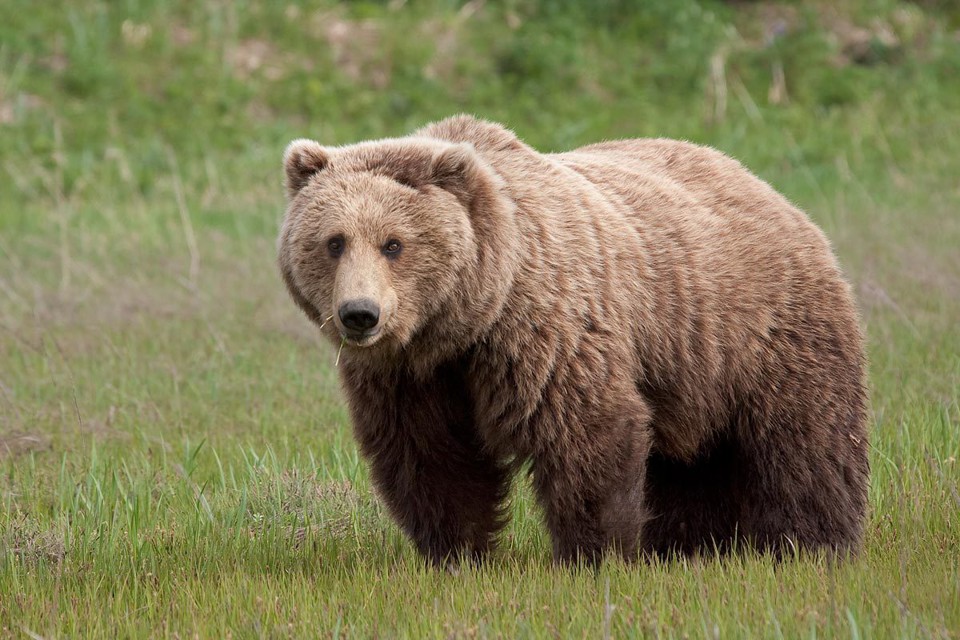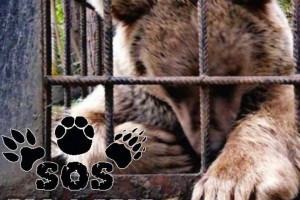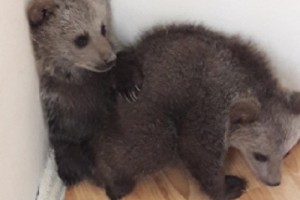Brown bear: Red Data Book of Armenia

Bears - Ursidae
Status. Listed in the Red Data Book of the former USSR. Listed in the IUCN Red List of Threatened Species (ver. 3.1) as Least Concern. According to IUCN criteria categorized as Vulnerable VU B2ab(iii,iv).
Distribution. Vast range across Eurasia and North America.
Distribution in Armenia. Occurs in the Ararat, Vayots Dzor, Syunik, Tavush, Lori, Kotayk and Gegharkunik provinces. Sometimes penetrates to the Shirak and Aragatsotn provinces. Recorded from elevations 400–500 m up to 3000 m above sea level.
Habitats. Inhabits arid sparse forests, broadleaf forests, mountain grasslands, subalpine and alpine meadows. Availability of fruits, berries and nuts as the staple food items is an important factor of bear distribution.
Biological traits. Mating occurs in May. The gestation period is ca. 7 months. Cubs (usually 2, seldom 1 or 3–4) are born in the lair from late December to March.
Population size and its trends. Population size is unknown, but apparently stable. Frequent visitations of bears to villages, resulting in serious damages to orchards and beehives, do not indicate an increase in bear numbers. Most likely, they ensue from habitat destruction and insufficiency of food resources which, in their turn, cause fragmentation of populations.
Major threats. Poaching, habitat destruction and human disturbance.
Conservation measures. Protected in Khosrov Forest Reserve, Shikahogh Reserve, Sevan National Park, Arevik National Park, Dilijan National Park and some sanctuaries. It is essential to strengthen control over human impacts on bears and their habitats.
Suggestions
 The Ministry of Environment sent a letter international partners to draw their attention to the real danger of environmental disasters as a result of Azerbaijan's large-scale aggression towards the territory of Armenia
The Ministry of Environment sent a letter international partners to draw their attention to the real danger of environmental disasters as a result of Azerbaijan's large-scale aggression towards the territory of Armenia
 80 BEARS. SAVE THE BEARS OF ARMENIA
80 BEARS. SAVE THE BEARS OF ARMENIA
 Two Bear Cubs Detected in Lori (video)
Two Bear Cubs Detected in Lori (video)
 Vicia pisiformis: Red Data Book of Armenia
Vicia pisiformis: Red Data Book of Armenia
 Vavilovia formosa: Red Data Book of Armenia
Vavilovia formosa: Red Data Book of Armenia












